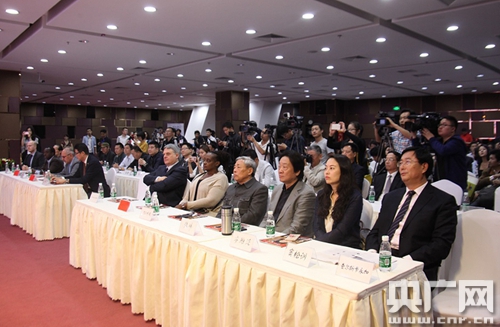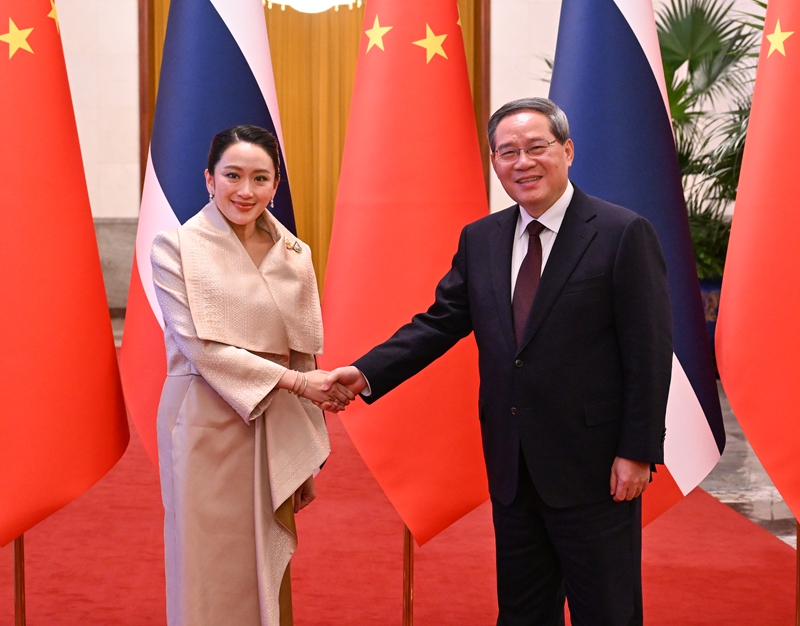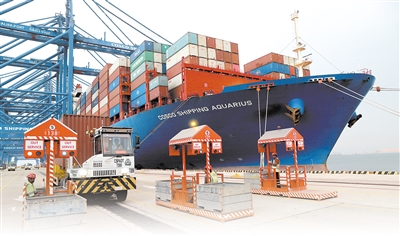The Intersection Of Ancient And Modern Times, The New Charm Of The Silk Road
The Intersection Of Ancient And Modern Times, The New Charm Of The Silk Road
The intersection of ancient and modern times, and a new chapter of the Silk Road is in the long river of history. The Silk Road is like a brilliant golden thread, connecting Eastern and Western civilizations and witnessing the glorious era of human exchanges and prosperity. From Zhang Qian's mission to the Western Regions in the Han Dynasty, to the prosperity and prosperity of the Tang Dynasty, to the modern and modern Silk Road Economic Belt
The intersection of ancient and modern times, a new chapter in the Silk Road
In the long river of history, the Silk Road is like a brilliant golden thread, connecting Eastern and Western civilizations and witnessing the glorious era of human exchanges and prosperity. From Zhang Qian's mission to the Western Regions in the Han Dynasty, to the prosperity and prosperity of the Tang Dynasty, to the modern and modern Silk Road Economic Belt, this ancient trade channel has been constantly evolving, demonstrating the spirit of continuous exploration, cooperation and innovation of mankind. Today, with the proposal of the "Belt and Road" initiative, the Silk Road has once again shined with new vitality and ushered in a new era where the ancient and modern times meet.
Ancient Silk Road: The Bridge to Civilization
The ancient Silk Road originated in the Han Dynasty and became an important channel for the exchange of culture, goods and technology in the East and the West. Chinese specialties such as silk, porcelain, tea, etc. are sold far away from Central Asia and West Asia, and even to Europe; spices, gems, gold and silver from West Asia also enrich the products from the East. Cities along the route, such as Chang'an, Samarkand, Baghdad, and Constantinople, have become prosperous cultural intersections. Different ethnic groups, religions and languages are exchanged and integrated here, promoting the development of science, art and religion and nurturing splendid civilization.

The intersection of ancient and modern times: the rise of the new Silk Road
Entering the 21st century, globalization has accelerated and technological progress has brought unprecedented convenience. At the same time, cooperation among countries has also entered a new stage. In 2013, China proposed the initiatives of the "Silk Road Economic Belt" and the "21st Century Maritime Silk Road", namely the "Belt and Road". This grand concept aims to reshape the glory of the ancient Silk Road through infrastructure construction, trade cooperation, cultural exchanges and other aspects.
The Belt and Road Initiative is not only an economic cooperation, but also a bridge connecting different civilizations. Countries along the route have joined together to jointly build transportation networks, energy cooperation, industrial parks and other projects to promote regional economic integration. For example, the China-Europe freight train has become an important logistics channel connecting China and Europe, shortening the distance and improving efficiency. Africa, Southeast Asia and other regions have also ushered in new development opportunities, showing a diverse landscape of the intersection of ancient and modern times.

Technological innovation: The Silk Road Spirit of the New Era
On the new Silk Road, technological innovation plays a core role. The application of digital economy, artificial intelligence, and 5G technology has greatly changed people's lifestyles and business models. Virtual exhibition halls and online cultural exchange platforms allow people from different countries to interact at zero distance and overcome geographical restrictions. Technology makes the Silk Road no longer just an exchange of material things, but also a platform for exchange of ideas, culture and innovation.
Cultural Exchange: Inheritance and Innovation
Culture is an important part of the Silk Road spirit. Today, many countries along the route promote their respective cultural traditions and enhance mutual understanding by holding cultural festivals, art exhibitions, academic exchanges, etc. For example, China's Silk Road International Art Festival shows a rich and colorful oriental culture; traditional music and dance of Central Asian countries have also won attention on the international stage. This kind of communication not only inherits history, but also inspires the spark of innovation.
Future Outlook: Co-building and Sharing Silk Road
The Silk Road, where ancient and modern times meet, is at a new historical node. In the future, with the deepening of cooperation, the Silk Road will become an important force in promoting global economic recovery and promoting regional peace and stability. Emerging areas such as green development, sustainable energy, and digital economy will become the focus of future cooperation. All countries should jointly write a new chapter of the Silk Road in accordance with the principles of mutual respect, mutual trust and win-win cooperation.

Conclusion
The ancient Silk Road is a valuable heritage of human civilization and a bridge of global cooperation today. The ancient and modern times meet, and a new chapter of the Silk Road is waiting for us to write together. Let us inherit and carry forward the spirit of the Silk Road, work together to create a more prosperous, inclusive and innovative future, and let this ancient road shine more brilliantly in the new era.





